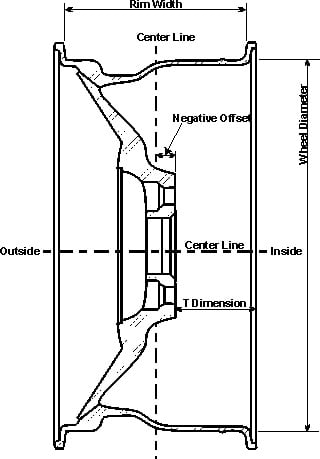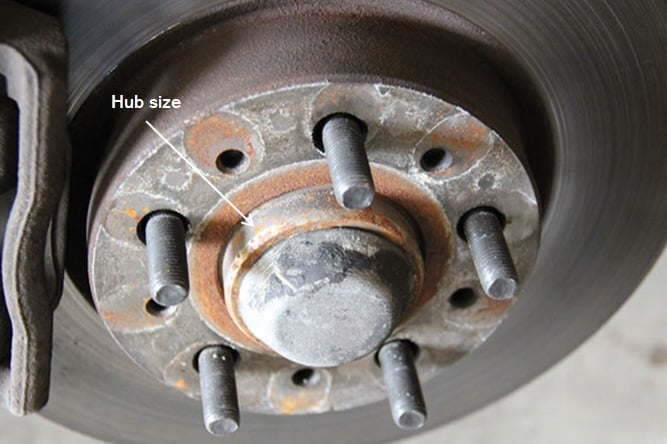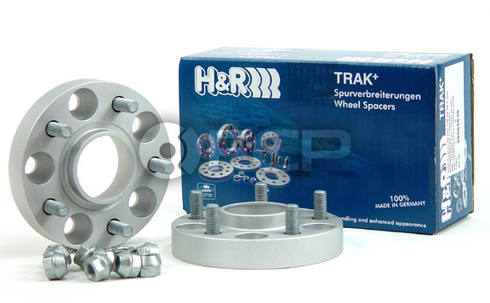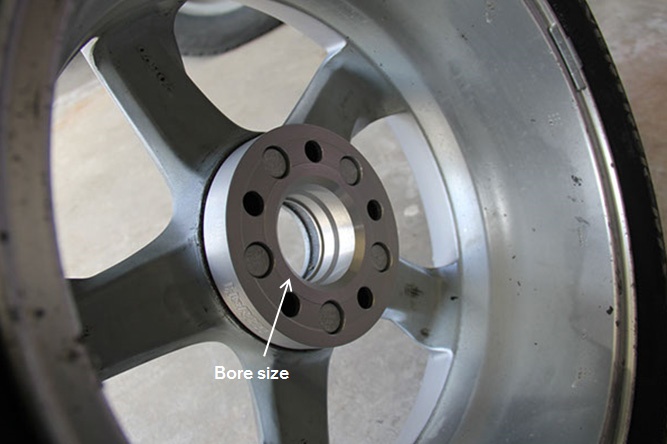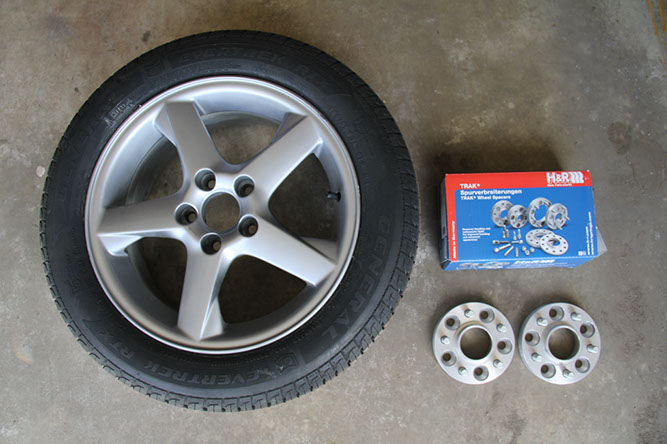Now that spring has officially arrived, it was time for me to pull out my summer wheels and mount them on my car. As I have a 1991 Volvo 940 GLE, you’ll know that it’s not the easiest task in finding a wheel upgrade for RWD Volvos. If you’ve got a RWD brick and want to put some new shoes on your car, look no further and read on.
Diameter – It’s the number everyone knows. This will you the diameter of the wheel, in inches. RWD Volvos came from the factory with 14”-16” wheels with the exception of the highly desired Polaris wheel, which was a 17” wheel. When upsizing wheels on a RWD Volvo, try not to go higher than 17”. Any higher and you’ll feel a significant decrease in ride comfort, acceleration, and possibly braking.
Offset – The offset is the distance in mm, from the hub of the wheel to the centerline of the wheel. The larger the number, the farther the hub is from the centerline. For most wheels, this number will be a positive value with the hub closer to the outer edge of your wheel. Some important offset values to note are:
700 and 900 series Volvo: 25mm offset
200 series Volvo: 20mm offset.
FWD Volvo’s : 43mm offset (some exceptions apply)
Wheel width – This is the physical width of your rim from the inner lip to the opposite inner lip. A wider wheel will necessitate a wider tire, which can be beneficial from a high performance and aesthetic standpoint. Keep in mind that a wider wheel may also cause interference issues. Standard RWD Volvo wheels had widths from 5.5 to 6.5 inches, again, with the exception of Polaris wheels which were 7 inches in width.
When choosing a tire for a particular set of rims, look at the OEM application to see the appropriate size. Otherwise just use a simple online tire calculator. Some common tire section widths in relation to rim width are:
175 to 185 = 5.5” rim width
185 to 195 = 6.0” rim width
195 to 205 = 6.5” rim width
205 to 215 = 7.0” rim width
Bore size – Bore size dictates the diameter in mm of the hole in the center of your wheel, and similarly, the diameter of the inner hub on your vehicle. A wheel with a larger bore diameter can fit onto a car with a smaller bore diameter. This is done through the use of hub-centric rings which fill the space between the wheel hub and the rim bore. On the flip side, a wheel with a smaller bore diameter cannot fit onto a car with a larger bore diameter. Just imagine fitting a dowel through a ring. If you want the ring (wheel) to fit onto the dowel (hub), the ring must be a larger diameter than the dowel.
The bore size of most RWD and FWD Volvo’s is 65.1mm. Only the latest generation of Volvo’s use a different bore size of 63.4. Unfortunately, that means if you want to upgrade to the newest set of OEM Volvo rims, you won’t be able to.
Bolt Pattern
This number tells you the number of lug nuts your car has, as well as the spacing between them, from one lug to the opposite lug, in mm. 5 x 108 is the standard Volvo bolt pattern of 5 lugs and a spacing of 108mm.
Wheel spacers
Unfortunately, there doesn’t seem to have been any other aftermarket manufacturer that made wheels in RWD Volvo offsets. There are a few available, but finding a set in good condition is like trying to find a unicorn. Even with OEM Volvo wheels, there is a limited selection of highly desirable wheels. In order to expand your selection you need to pick up a set of wheel spacers.
Hub-centric versus lug-centric
In a hub-centric situation, the wheel will sit on the circular hub. If they’re the appropriate diameter, this will center your wheel and spread the weight out of your wheel over the largest area possible. The lug nuts are used only for holding the wheel flat against the hub.
In lug-centric cases, the wheel will be centered using the lug nuts and the weight of the wheel will be supported only by the wheel studs and the friction between the rim and the face of the hub. You generally won’t find a problem with centering your wheels if done properly, but it adds another dimension to wheel installation.
Your best option is to pick up a set of wheel spacers from your favourite auto parts store, in my case, FCP (of course!). FCP sells a quality set of 25mm wheel spacers made by H&R that will allow you to choose from a much wider range of wheels. 25mm will make your effective offset 45mm in 700/900 cars and 40mm in 200 series cars, both values close enough to OEM to be usable. Although expensive, considering their purpose and importance of keeping your wheels attached to the car, they’re worth the extra cost. In this case, I would be worried about picking up a set of ebay special parts. I’ll be the first to admit that I have a tendency to buy slightly cheaper components when possible, but when it comes to safety, that’s one aspect I don’t cheap out on.
The other aspect of wheel spacers to consider is the bore size. The H&R wheel spacers preserves the OEM bore size of 65.1mm. Cheaper spacers may or may not carry the bore size over, having a flat surface for your wheel to sit on. It will help in case you have a set of wheels with a bore size too small, but as mentioned earlier, the hub of your wheel not only helps center the wheel, but more importantly is weight bearing as well. Without the rim sitting on the hub, the structural integrity of the spacer/wheel hub assembly is compromised.
Finding appropriate wheels and tires
The easiest path is to find a set of OEM Volvo wheels. They’re built to the highest standards, which means you won’t have any worries of your rim breaking on you after hitting an infamous Detroit pothole (It won’t save you from a flat tire however…). Be sure to look for lug pattern and offset to determine if the wheels fit your car.
If you’re set on aftermarket wheels, there are many good brands available, just make sure you do your own research to determine which one is best for you.
Some of my favourite OEM Volvo wheels include the Pegasus, Tethys, Volan, Comet, and Galaxy.
What I did
After weighing my options, I began my search for a set of 17” Comet wheels. In due time, practicality set in, and I decided I did not want to sacrifice any performance or ride comfort. I also believe that a RWD Volvo looks best with 16” wheels as 17” wheels will make it look a little too “tuner” for my tastes. I had luck on my side and snagged a set of 16” Meteor wheels, essentially the Comet’s 16” brother. I had to do a bit of refinishing but after a bit of elbow grease, I repainted them in my garage, put on some new tires, and mounted them to my car. Check out this link if you want to see how I did it: How to spray paint wheels in hyper silver.
I also picked up a set of H&R 25mm wheel spacers from your neighborhood FCP, lifetime warranty included. I don't intend on using that warranty though...
Finally, for tires, I went with an OEM size of 205/55/16. There’s no reason to go with anything else.

